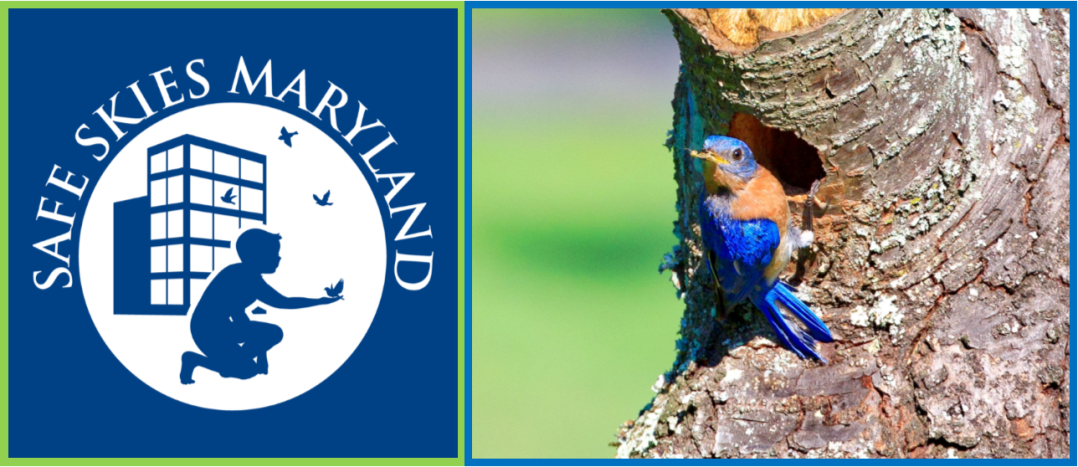
Collisions with windows and other structures claim 1 billion birds a year.

Like many citizens who are generally aware of the relationship of birds to glass, we see the evidence of this often fatal relationship all around us at storefront walkways, homes, and maybe vacation destinations we’ve visited. We know there is a problem and we know it has been ongoing for a while. Seeing a dead songbird on the ground is disturbing to most people who will readily share their experiences with you, often recalling them from many years ago as vivid expressions of something very sad and surprisingly meaningful in their lives. Sometimes we are told to purchase a hawk silhouette or that it only happens to a few birds and even if we wanted to change it, how would we? We can begin by understanding one of the most significant anthropogenic factors of bird mortality in the modern world: collisions with glass and other structures. Click here to learn how and why glass and lighting affect birds.
To be truly sustainable, we must address the threat of bird collisions.

We are living in the era of buzzwords like sustainability and biodiversity, yet we don’t necessarily realize the extent of the loss of bird life or how sustainability efforts are still in their infancy and largely under or un-utilized where bird collisions are concerned. Unlike previous generations who saw birds like the now extinct Carolina Parakeet or Passenger Pigeon as endlessly abundant, we know that a billion birds lost a year and rising, due to increases in the use of glass and architectural or night time lighting, is not sustainable. It is helpful to understand why many are not aware that if their place of employment, shopping destination, or home kills only a few birds a year why that number is significant.
There are effective solutions and each one of us can have an impact.

Safe Skies Maryland was created to empower citizens to know what to do about this significant threat, to have direct access to the most scientific and technological information, and most specifically, to know how to prevent it and protect birds for future generations. We endeavor to ensure safe skies and safe passage for birds supported by the necessary and welcome efforts of many in our communities throughout Maryland. It will take all of us to decide to protect our resident and migratory birds and to be empowered to live differently with them.

